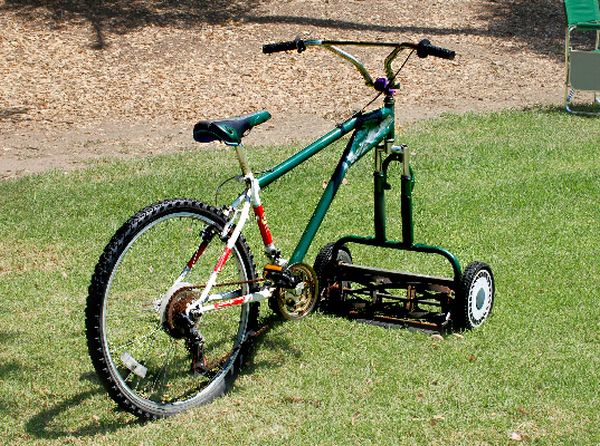There is a considerable amount of criteria to consider when figuring out which city should be your future home. Factors like cost of living, average income, average age, how close to (or far from) other family members it is, the job market, etc. are all important. More and more, especially for the millennial generation who is still figuring out where to settle down (and if they want to settle down at all), sustainability has also become a major factor.
It’s true that many cities are working hard to increase the sustainability of their infrastructures and reduce their carbon footprints. More and more municipal grids are increasing the ratio of power they draw from renewable resources to the power that is drawn from fossil fuels. Water supplies are being reworked and rerouted. Even landfills are getting greener. Then, of course, there are changes to public transit, building makeup, etc.
According to the Huffington Post, the greenest city in the country is Honolulu, Hawaii. Other top contenders are New York City, San Francisco, Seattle, and Washington DC. Unfortunately, many of these cities are difficult to afford for people who are moving into new job markets or just starting out.
This is where cities like Portland, Austin, Minneapolis, and Denver come into play. These cities are very green and take pride in the green strides they continue to make and cost a fraction of what their larger counterparts cost to live in.
Of course, once you decide on which city most deserves your eco-friendly self, you have to get yourself and your belongings to your new home.
Moving, by its very nature, is a carbon suck. Moving eats fossil fuels like crazy. Moving cartons contribute to deforestation. It’s hard not to feel guilty about all of the carbon you’re wasting when you pack up and move to a new town. Thankfully, there are things you can do to reduce the footprint of your move.
Here are a few moving tips to help you accomplish this goal.
Be Ruthless
As you sort through your stuff, keep only what you know you absolutely need to keep. This isn’t a time for easy sentimentality. Most of what you own can be replaced once you are settled in. Take only what you know you will need to have on hand within the first four months of your new life in your new city. Donate or sell (which can help offset the cost of the move) everything else. The fewer things you pack, the fewer cartons you’ll need and the smaller a moving vehicle you’ll require.
Hand Me Downs Rule the Day
Do not buy brand new cardboard boxes for your move. Instead inventory your friends for boxes they might want to get rid of. If you still need boxes, hit sites like Craigslist. There are always people trying to give away their old moving boxes. Then, after you move, instead of tossing the boxes into a recycling bin, offer them to new friends or give them away online. If they are treated well, cardboard boxes can last through several moves.
Another option, if you can afford it, is to use reusable moving cartons. There are a few companies across the country that rent out plastic and metal tubs and bins that you can use to move your belongings. Then, when you’re done, simply turn them in at the nearest drop spot.
Get Creative With Your Fillers
Instead of buying bubble wrap or packing peanuts, use old newspapers and magazines to fill in the gaps in your boxes and to keep your fragile items intact. Another method you can use is to use things you already own to pad your belongings and fill space. T-shirts, towels, sheets, pillowcases–all of these things can be wrapped around fragile items to protect them. Socks, sweaters, etc can be used to fill in space gaps around the edges of the box.
Direct Routes are Best
There will be plenty of time to explore the country, but moving isn’t one of them. Plan the most direct route possible between where you live now and the city to which you are moving. Stick to expressways. A professional moving company is a great resource to use to learn more about moving cross country in the most efficient way possible. The faster you get there and the shorter your route, the less fuel you will burn.You can always go back and explore those back roads later when you can do so using a sustainable vehicle.
Of course, the move itself is just one part of moving sustainably. You’ll also want to take pains to set up your new home as sustainably as possible. Opt for LED bulbs. Switch out shower heads for low flow models. Ask about compost piles, worm bins, rainwater recycling, etc. Remember: going green isn’t a temporary state; it’s a way of life!
Article Submitted By Community Writer





